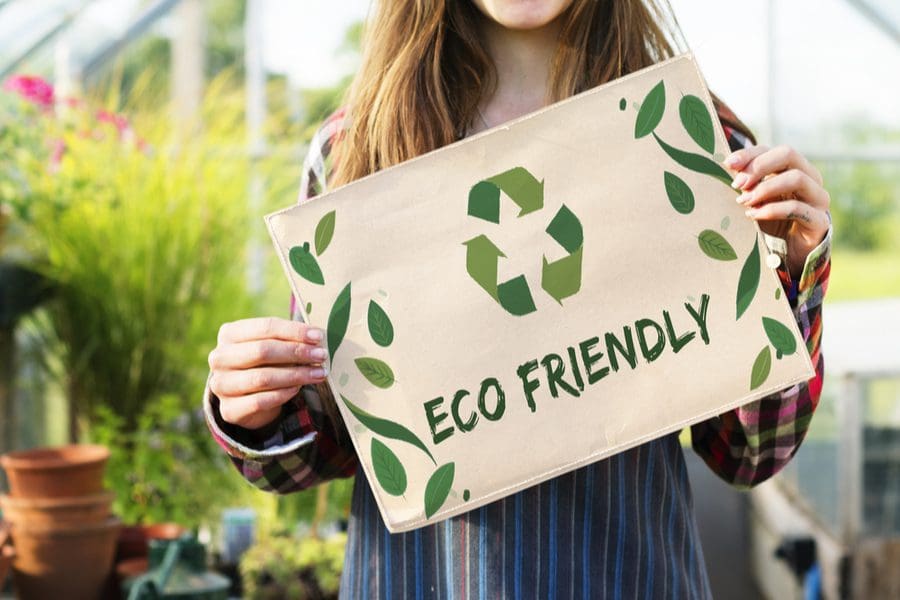As we strive to be more environmentally conscientious, products claiming to be “sustainable,” “eco-friendly,” and “green” are becoming increasingly popular. That said, there’s still some confusion when it comes to differentiating them. What exactly is the difference? Let’s discuss!
Sustainable Products
Sustainability is a big term, but it’s easily narrowed down to the concept of long-term potential. Sustainable products are made with the environment in mind to ensure we can continue making them long into the future.
Unfortunately, the term sustainable is subjective and, therefore, unreliable. For instance, if an organization begins manufacturing a product in a way that’s more sustainable than its competitors, it can claim sustainability. But that’s not to say the product is truly sustainable – it’s just more sustainable than the alternative.
If you want to purchase a sustainable product, make sure to do your research. Learn about the manufacturing process, the materials used in the product’s construction, and the disposal method for the product.
What matters more? A renewable product. A renewable product will always be available, like wind, sun, geothermal, wave power, etc.
Want to find a product that has a high renewable rate? Bamboo! Try to replace your tree products with bamboo products.
Eco-Friendly Products
In the most direct sense, eco-friendly products aren’t harmful to the world around us. These are typically products that are either recyclable, constructed from recycled materials, or compostable. They are better for the environment, so long as they are disposed of correctly.
Not sure where to begin? Business Insider recently put together a great list of 32 eco-friendly alternatives for everyday products.
Remember: Even eco-friendly products can be harmful to the environment if tossed into a garbage can, so it’s important to do your part as well!
Green Products
Perhaps the most broadly defined term on this list, “green” is much less of a standard than it is an all-encompassing term to describe anything that benefits the environment. As such, products don’t have to meet many criteria to be labeled “green.” If they are perceived as better for the environment than an alternative, they’re considered green products.
Again, make sure you look into the backstory of the products to get the full picture and determine for yourself whether or not that product meets your environmentally friendly standards. SFGate has put together this helpful list of things to look out for when doing your green research.
What Does It All Mean?
While countless additional subgroups of environmentally friendly products exist, these are the most commonly referenced. Now that you understand the difference, you have a feel for which products need to adhere to stricter standards.
One category isn’t necessarily “better” than another. So take your new knowledge and hold yourself to your own environmental standards when making purchases. Even the smallest change can make a difference!







